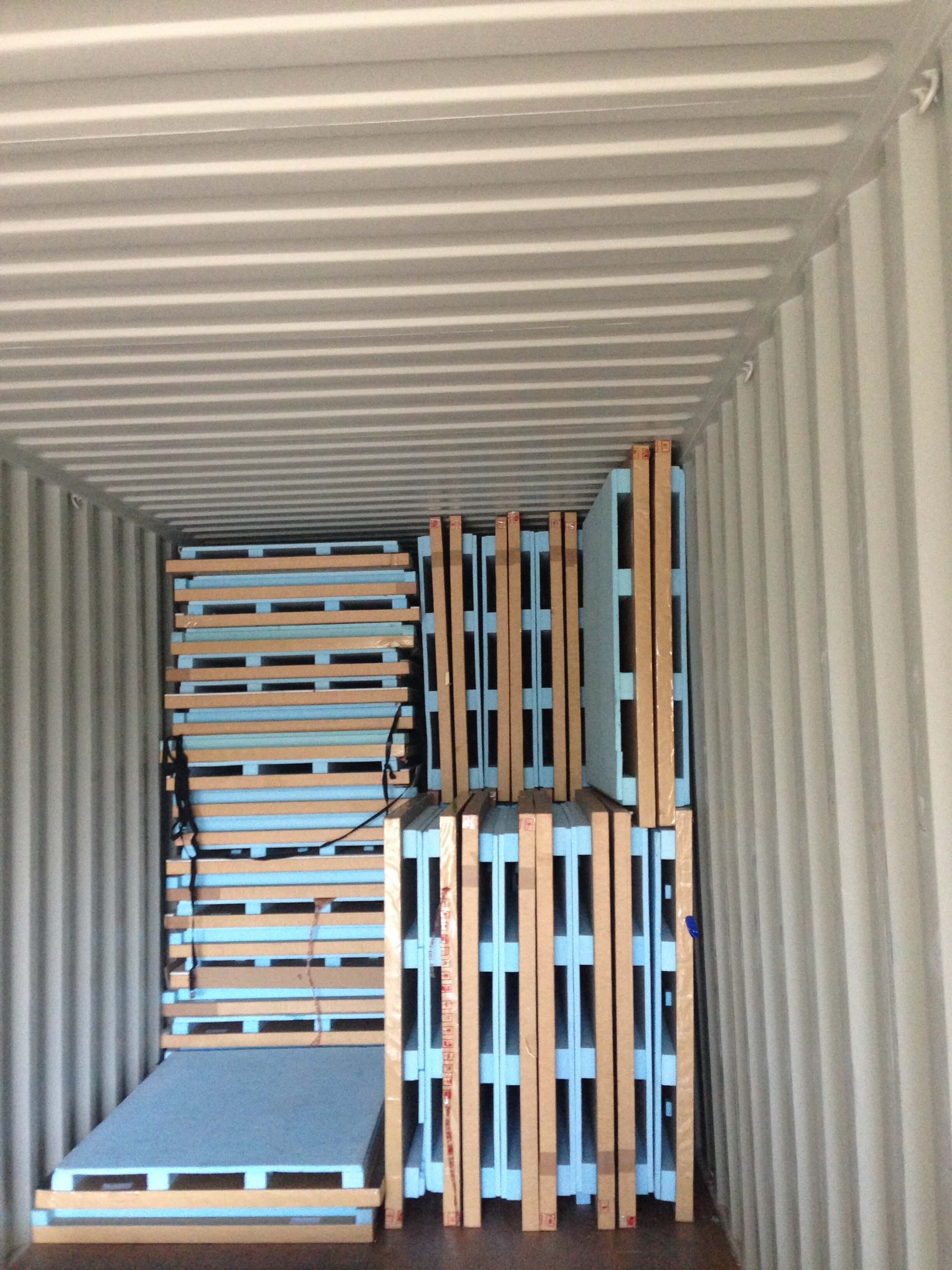Making Use of the Reusable
-
Contenu:
Many pharmaceutical companies are exploring the potential for reusing insulated packaging. There are few calls for tender that do not compare single-use and reusable insulated packaging. However, reusing insulated packaging is viewed very differently depending on the customers, the suppliers, the types of packaging (active/passive) and the countries.
Some companies' initiatives
Some pharmaceutical companies have tried to implement their own system of reuse for fear of contamination between products. The insulated packaging is brought back to the point of origin in a closed loop and the pharmaceutical company manages its reuse. In most cases, this quickly led to failure, for a variety of reasons: lack of expertise in packaging repair, new skills that need to be learned, lengthy decision-making processes in the pharmaceutical sector and activities not focused on their business.
The false solution of active containers
Suppliers of active insulated packaging or containers, which are inherently reusable and available only on a rental basis, eliminate the waste management problem. However, these products are heavy, very expensive to produce and rent, and are moved by plane fir the way in and back (usually empty) in order to maximise their turnover rate. They have a significant impact on the environment, since they cause high CO2 emissions into the atmosphere.
Hybrid models with reverse logistics
Other hybrid models have been developed where the packaging supplier collects the passive insulated packaging at its destination and moves it flat, most often by boat. This is called reverse logistics. The environmental footprint is markedly smaller: moving by boat and reusing insulated packaging managed by the supplier. Changes in maritime transport regulations are making it increasingly less polluting, with the use of cleaner fuel and more stringent waste filtration systems.
The next step is to develop the shortest possible reverse logistics routes, without moving to the point of origin, but rather with local movement to the nearest possible location. This is only feasible with a dense network and service centres on every continent.
Pharmaceutical companies also need a guarantee that reused insulated packaging will maintain the same level of performance. This means establishing a complete traceability circuit for the units and developing a cleaning and repairs programme, validated and managed by the passive packaging supplier and incorporated into its quality system.
Consolidating customer return flows: the model for the future
The next step is consolidating/mutualising the recovery of insulated packaging from the various end customers. This will increase the number of units per sea container, reducing the environmental footprint and the cost, all in a virtuous system. Few suppliers on the market can offer such comprehensive solutions that consolidate end-customer units, as it takes time to create a global reverse logistics network.
This is a fundamental business change for insulated packaging suppliers, with a major focus on Supply Chain activities to optimize return flows and reuse programs. Another benefit of this cooperation is the possibility of recovering and reusing an increasingly wide range of insulated packaging: from box pallets to pallet shippers, with water or PCM briquettes, and thus lowering costs for everyone.
Reusing passive insulated packaging with a global return consolidation system helps pharmaceutical companies reduce their waste management, transport and purchasing costs while improving their environmental footprint, with less waste and lower CO2 emissions associated with the creation of new packaging and transport.
https://flickread.com/edition/html/free/5e286f6d3b400#94
This article is taken from Pharmaceutical Manufacturing and Packing Sourcer February 2020, pages 70-71. © Samedan Ltd
-
Image principale:
- Introduction: Awareness of the destruction that human activities are inflicting on our planet makes it essential to move away from single use items, to stop throwing things away and to start reusing them.

